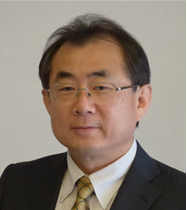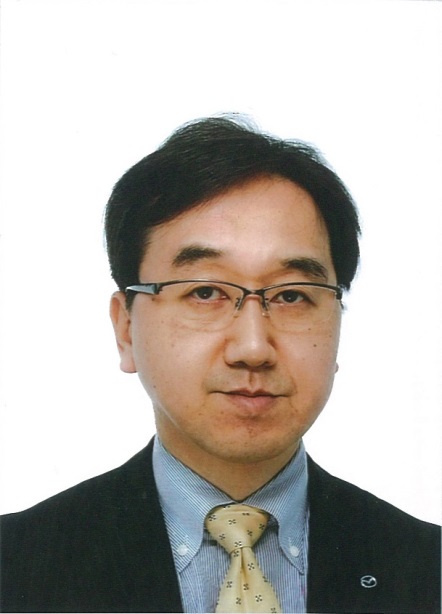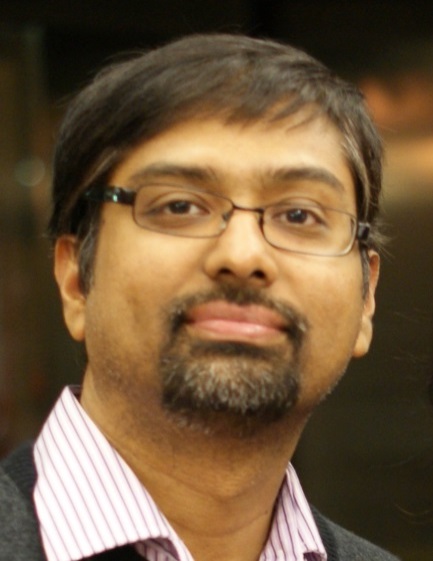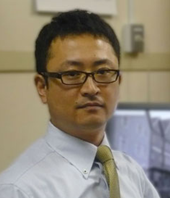Department of Chemical Engineering,
Indian Institute of Technology Bombay, Mumbai, India
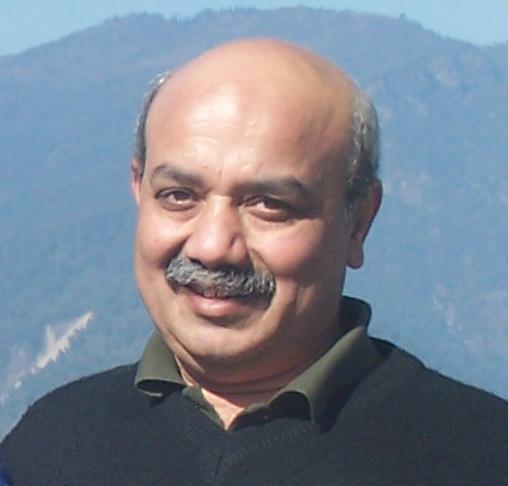
Title:
Development of Nonlinear Black Box Models using Orthonormal Basis Filters: A Review
Abstract:
Nonlinear model based control schemes are increasingly being used in industrial applications. Development of a control relevant dynamic model can be singled out as the most important step in the process of synthesizing such controllers. While a mechanistic / grey-box model has better extrapolation ability and portability, development of a nonlinear black box model, directly from perturbed plant data, can be a relatively easy and economically attractive alternative in many situations. Over the last two decades, there has been a growing interest in the use of orthonormal basis filters (OBF) for developing black box models. The OBF based representation seeks to parameterize stable transfer functions using filters Fk(z-1), which are orthogonal rational polynomials in z-1. As a consequence, when compared with the conventional approach, a substantial dimensionality reduction can be achieved through OBF parameterization. Moreover, the orthonormal filters, because of their similarity to the Padé approximation, can model systems that exhibit long time delays. Due to these advantages, several authors have recently resorted to OBF based parameterization of block oriented nonlinear black box models. The resulting models are parsimonious in parameters and, consequently, the data length requirement is moderate. This paper presents a review of nonlinear output error (NOE) and nonlinear ARX (NARX) model development using OBF. To begin with, the linear time series modelling using OBF parameterization is briefly reviewed. The methods available in the literature for the development of models with Wiener, Hammerstein and Wiener-Hammerstein structures are presented next. Features and properties of different model structures are examined in the light of their abilities to model the unmeasured disturbances and to capture complex nonlinear behaviour, such as input and output multiplicities.
